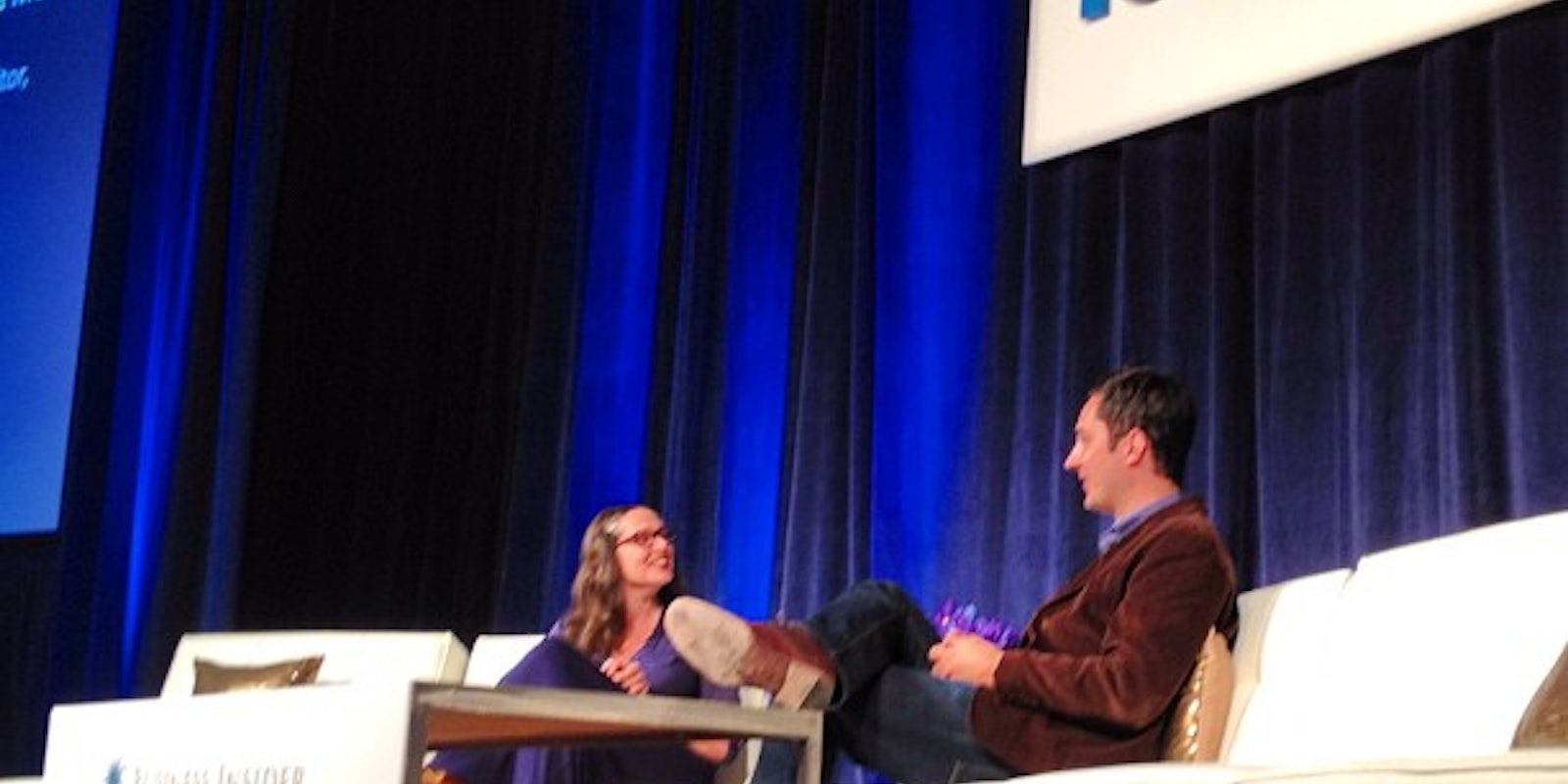Instagram is not a photo-sharing app. It’s a community of people, 27 million members strong, who express themselves visually.
It’s easy to get hung up on Instagram’s superficial features. Snobbish photographers declare Instagram’s simple filters as artless. But as Hipstamatic’s abject surrender to Instagram shows, it’s never been about the photos. It’s about other human beings.
When I first downloaded the app and joined Instagram, my stream mostly took the form of the artsy shots we associate with mobile photo-sharing. Look, pretty landscapes and flowers! Examine this intriguing artifact of urban decay! Bow before the unspeakably cuteness of my dog!
Maybe it’s the people I’ve been following lately, but I’ve been noticing more and more self-portraits and casual-friend shots in Instagram lately—the kind of thing you’d expect to see on Facebook.
When I check out photos liked by the people I follow—an amazing way to discover new points of view on the world—I generally check out the accounts of the people who took them. They often list their Skype or Kik accounts: an open invitation to connect.
I’d be shocked if there weren’t some Instadating going on. But beyond fulfilling impulses romantic or carnal, there’s a statement embedded in those contact details.
The message of Instagram: I am here. I am alive. Look at me and my life, and share it.
…
Instagram users have a snobbishness of their own. At a conference in San Francisco on Wednesday, Sarah Lacy, editor of a tech-news startup called PandoDaily, related a tale from the recent South by Southwest Interactive festival in the course of an interview with Instagram founder Kevin Systrom.
Instagrammers, who’d gathered on a photo-walk event, bent her reporter’s ear about the abject horror of Android users getting allowed into the Instagram party. To date, Instagram has been iPhone-only, and these IGers—that’s what we call ourselves, for short—insisted that only people with enough esthetic sense to buy an iPhone deserved to use Instagram, that Android-wielding louts would ruin the service with ugly photos.
To that, Systrom had a deflating response: Nonsense. Android smartphones have great cameras.
And in a we’ve-replaced-this-man’s-coffee-with-Folger’s-crystals moment, Systrom revealed that he’d been taking Instagrams with an Android phone for months.
Systrom, by dint of his position and enthusiastic use of his own product, has a huge following, and his photos frequently make it to Instagram’s popular page. Take that, iPhone snobs!
…
The impulse that drives Instagram—to announce one’s own existence to the world—is something I see everywhere on the Internet. Take Mike Stone, the high-school senior who invited every porn star he could find on Twitter to his prom. Yes, he got into trouble with school authorities. But his mom, initially shocked at his stunt, came around.
That’s because what her son pursued is a very human desire: to be known, to make a mark.
…
Highlight, an app that identifies other users nearby who share common friends or interests, has made a mark—on my iPhone’s battery life. It’s true that it’s a drain: I bought a Mophie battery-pack case, like many, only to find my iPhone still wasn’t gaining charge: Highlight battled it to a draw.
And I have yet to find anyone really interesting through Highlight. I’ve spotted a few friends nearby, and that’s fun, but just as with Foursquare, the notion of dropping what you’re doing to chase a casual acquaintance down for a spontaneous meetup only sounds good in theory. In practice, I’ve got work to do, a husband to spend time with, a gym addiction to indulge, a Love Terrier to run around town with, and old friends I’d rather see. My dance card is full.
Yet I can’t seem to turn Highlight off. Curiosity killed the phone. Maybe it’s more that I want to broadcast my existence, to embrace the bit-by-bit overlay of our networked presence over the physical world.
I am here. I am alive.
Until my phone goes dead, that is.
Photo by Owen Thomas
